Last Updated on November 16, 2023 by Cathy
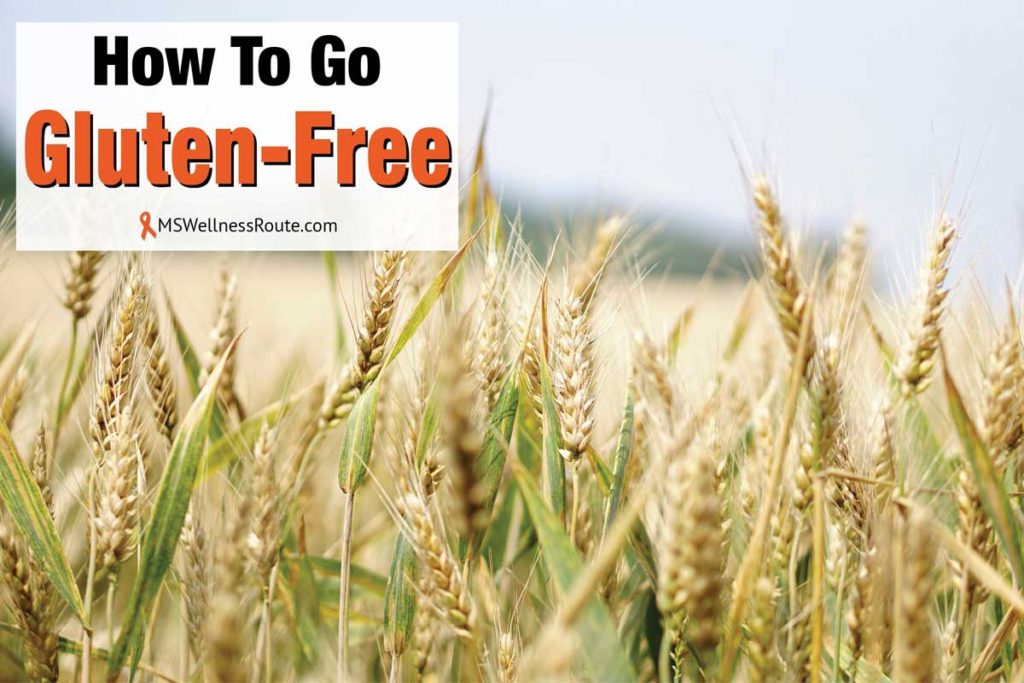
Gluten is a family of proteins found in grains such as barley, rye, and wheat. Gluten helps food maintain its shape, it’s like the glue that holds food together. Most people can tolerate gluten with no problem but for people with an autoimmune disease, gluten can increase inflammation and cause a leaky gut.
Gluten is found in many products including dressings, sauces, seasonings, and many other foods. – Always read the label for the ingredients. Most people associate gluten with wheat but other grains can also have gluten due to cross-contamination.
Gluten-containing foods increase inflammation and levels of a protein called zonulin. Zonulin helps regulate the junctions in the gut lining. As zonulin rises, the tight junctions begin to open up creating a gap between them. This is known as “leaky gut.”
“Gluten affects the microbiome and increases intestinal permeability. It boosts oxidative stress and affects epigenetic behavior. It is also immunogenic, cytotoxic, and proinflammatory.” – PubMed
Oats are not a grain so they are oftentimes labeled as gluten-free. But, they could be processed in the same facility as gluten-containing grains so they become cross-contaminated.
Oats can cause symptoms in some people with celiac disease or gluten intolerance. It’s best to avoid oats altogether until your gut lining has healed.
Eat a Healthy Diet
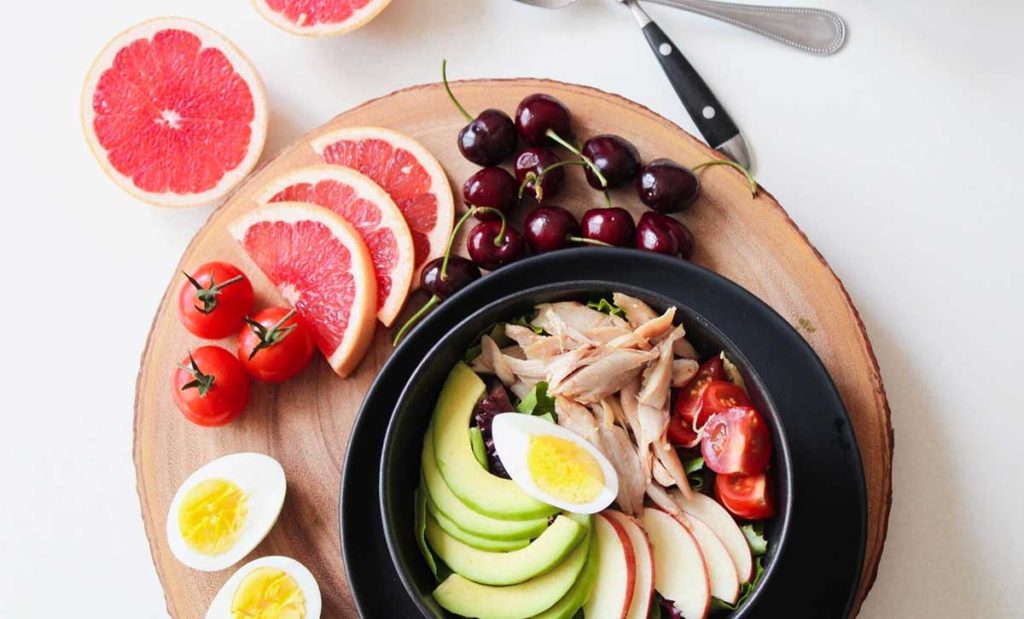
A poor diet of gluten, dairy, refined sugars, trans fats, and processed foods destroys the cellular function in your body and disrupts your digestive system. This leads to undigested proteins not being broken down and entering your bloodstream, leading to what’s called a “Leaky Gut.”
Over time, your immune system will weaken and can lead to autoimmune diseases like Multiple Sclerosis, Chron’s, Lupus, and Parkinson’s disease.
I started controlling my MS using some sort of MS diet in 2004. It was extremely hard, I didn’t know where to start, gluten wasn’t really heard of back then but I was desperate to get better. I had to do a lot of my shopping at health food stores.
My biggest issue was the bread and cereal, I used to eat cereal for breakfast and bring a sandwich to work every day. The bread was my biggest issue, I loved bread. Bread for sandwiches, pizza, cinnamon rolls, etc. Since I ate a sandwich every day at work I was worried about what to eat, until that “Well, Duh!” moment hit – it was leftovers.
Now lunch is my favorite, it’s easy, it’s already made so there’s no preparation. While making dinner I just put some in a container for lunch the next day. Plus the food I make now tastes SO MUCH BETTER, lunch is so much better than just a sandwich, I love it!
You MUST read the ingredient list on the back of all products.
Going gluten-free is A LOT EASIER today. There are gluten-free stores and gluten-free sections in your store and many recipes. When looking for recipes there are gluten-free cookbooks, ebooks, food blogs, Pinterest, or Google it.
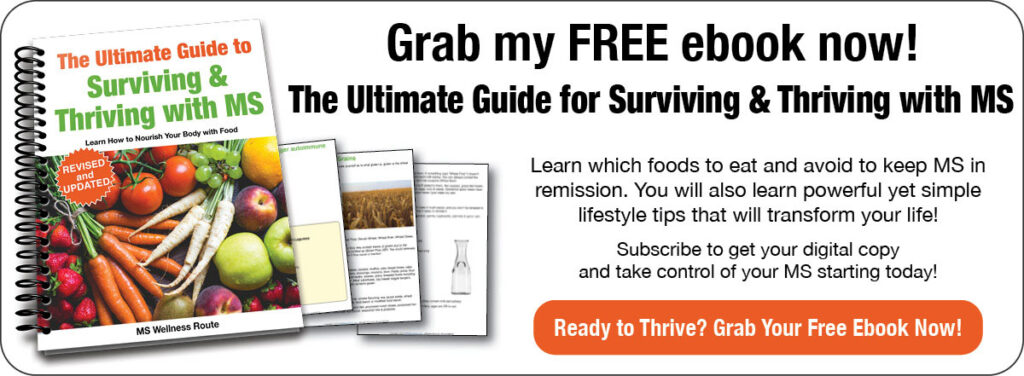
Eat an Anti-inflammatory Diet
The cause of MS is due to chronic inflammation. Chronic inflammation comes from:
- Drinking alcohol in excess
- Eating a poor diet
- Exposure to toxins like smoking
- Hormone imbalances (cortisol, insulin, vitamin D)
- Infections such as bacteria, fungi, or viruses
- Lack of exercise
- Not enough sleep
- Stress
To lower your inflammation start with what you are eating. Are you currently eating a diet that promotes diseases or health?
The best diet to start with is an anti-inflammatory diet. Then adjust the diet to fit YOUR needs. For example, remove any foods your body has a sensitivity to. You may need to try an elimination diet to find these foods. This is how I discovered I was sensitive to nightshades.
You can also purchase an at-home test kit such as Everlywell Food Sensitivity Test or 5Strands Food Intolerance Test.
Step One: How You Can Identify Gluten
When you start out you need to educate yourself as to what gluten is. Gluten is the wheat, grains, and starches, it’s what holds things together.
Foods That Contain Gluten:
- Barley
- Bulgur
- Couscous
- Farina
- Graham Flour
- Kamut
- Matzo Flour, Meal, Bread
- Rye
- Semolina
- Spelt
- Triticale
- Wheat
- Including White Flour, Whole Wheat Flour, Durum Wheat, Wheat Germ, Germ Oil, Wheat Bran, Wheat Grass
- Oats, oat fiber, and oat bran are gluten-free but may contain traces of gluten due to the packaging process. You can buy it only if it is certified as Gluten Free (GF). You could eliminate them for a while and then reintroduce them to see if they cause a reaction.
Foods To Be Avoided:
All bread, all pastry items such as donuts, cakes, cookies, muffins, pies, bread/cake mixes, etc. Pancakes, waffles, cereals, crackers, dressings, croutons, bran. Pasta, pizza, flour tortillas, malt, commercial bullion and broths, marinades, sauces, gravy, breaded foods including vegetables, processed dry roasted nuts, and beer. Meat substitutes, soy-based veggie burgers, caramel color, or flavors. I was surprised at this one Rice Dream (rice milk).
These Are in the Gray Area:
Artificial color, natural juices, non-dairy creamer, smoke flavoring, soy sauce solids, wheat gluten or wheat starch, dextrin, dextrin-maltose, food starch, or modified food starch.
This includes fried foods, some candies, imitation fish, processed lunch meats and hot dogs, seasoned chips, salad dressings, soy sauce, seasoned rice, and potatoes.
Non-Food Items That May Contain Gluten:

- Cosmetics
- Lip Balm
- Lotions
- Medications, read the labels or ask your pharmacist
- NonSelf-Adhesive Envelopes and Stamps
- Shampoo
- Vitamins and Supplements read the labels
Safe Flours and Grains:
Almond Flour
Almond Meal, this is a less finely ground version of almond flour, I usually find this in the bulk section
Arrowroot Powder/Starch, I use this in place of cornstarch for a thickener
Coconut Flour, I usually use Tropical Traditions or Bob’s Red Mill brands
Sunflower Seed Flour and Pumpkin Seed Flour, are good substitutes for those allergic to nuts
Sweet Potato Flour
Sweet Potato Starch
Gluten-Free Flours and Grains but Not Paleo-Friendly:
- Amaranth
- Buckwheat
- Chickpea Flour
- Corn
- Flax Meal, there is a lot of back and forth on this one, I avoid it
- Millet
- Potato Flour
- Quinoa
- Rice Flours
- Sago
- Sorghum
- Soy Flour
- Tapioca
- Teff
Step Two: Read Labels
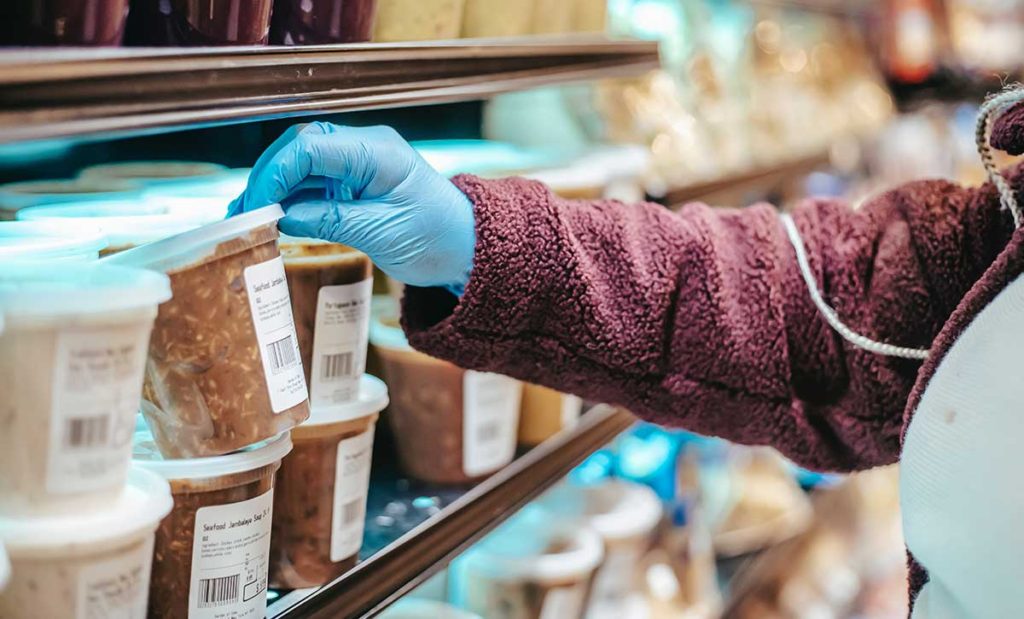
Labels change so you need to always read them. If something says “Wheat Free” it doesn’t mean it’s “gluten-free” they may have substituted it with barley. You can always contact the manufacturer, I have done this and then they sent me coupons (Whoo-Hoo!)
You’re probably thinking “I’m going to starve!” that’s exactly what I thought. Fortunately, you can eat all vegetables (except corn) and fruit* (without stuff added to them, like sauces), grass-fed meats, free-range poultry, wild-caught fish, seafood, nuts, and seeds. Nuts, seeds, and coconut flours. Sometimes spice mixes have gluten so read the labels, I no longer buy spice mixes I just make my own.
*If you’re on the Paleo or a similar diet, potatoes (only sweet potatoes are OK), corn and legumes are not allowed.
If you are just starting out and have not removed dairy yet, all-natural dairy products are gluten-free, except for blue cheese. Blue cheese has an additive so check the label. If you have an autoimmune disease like MS you need to eliminate dairy, so I would start cutting dairy out.
Step Three: Remove All Gluten From Your House Today!
The easiest way to go gluten-free is to remove all food with gluten from your home. This will help so you won’t be tempted to eat something that has gluten in it. Either throw it away, donate it, or give it away. You need to remove all gluten from the refrigerator, the pantry, cupboards, cabinets, and spice rack.
Special occasions like birthdays and holidays are always tough. To make it easier keep healthy snacks with you at all times. Eat before you leave your house. If you are going to a party, eat before you go.
Don’t just rely on vegetables, if someone brings a plate of Christmas cookies and all you have are vegetables to eat, the cookies are going to win. It’s also a very busy time of year. Keep “to go” snacks such as an apple or protein bar in your purse or car.
When making dinner be sure to make a little extra and put it in the freezer. Next time you are short on time, you have dinner in the freezer and a supply of snacks to keep you gluten-free.
Quick Links To Information In This Post:
How To Go Gluten-Free
Going gluten-free doesn’t have to be hard. Shop for “real” foods such as vegetables, fruits, herbs, nuts, seeds, healthy proteins, and healthy fats. Most of these foods can be found on the perimeter of your grocery store. The middle aisles are usually where you find foods with gluten.
My best tip is… keep it simple.
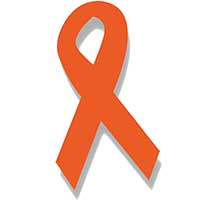
Foods to Eat ~ Foods to Avoid
Subscribe for free and I’ll send you the password to my secret library filled with many printables including the “Foods to Eat ~ Foods to Avoid“
Foods to Eat ~ Foods to Avoid

Subscribe for free and I'll send you the password to my secret library filled with printables including the Foods to Eat ~ Foods to Avoid.
You'll also be subscribed to my weekly newsletter with extra tips to get MS into remission and occasional recipes!
Enter my free resource library for my latest files and printables! Password is 'healthy' -- please copy and paste that in at the link above. Thanks for being a subscriber!!
Resources:
Photo by Emma Bauso, Laura James, and Trang Doan at Pexels.com.
How To Go Gluten Free
 MS Awareness Month Sale! All Ebooks 50% Off!
MS Awareness Month Sale! All Ebooks 50% Off! 




